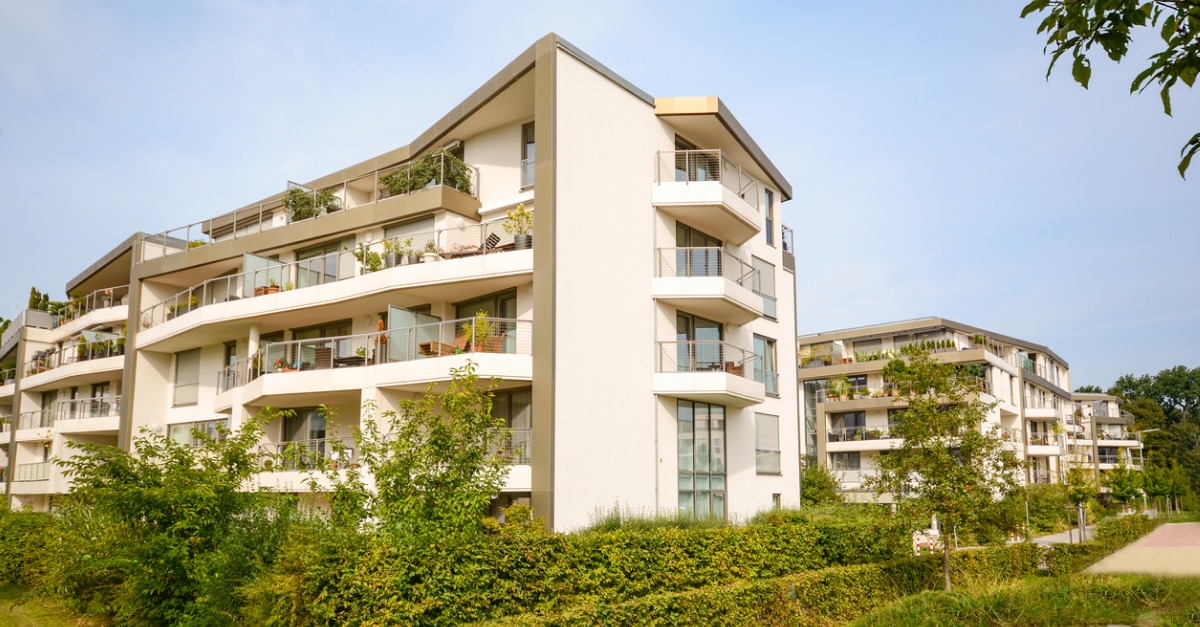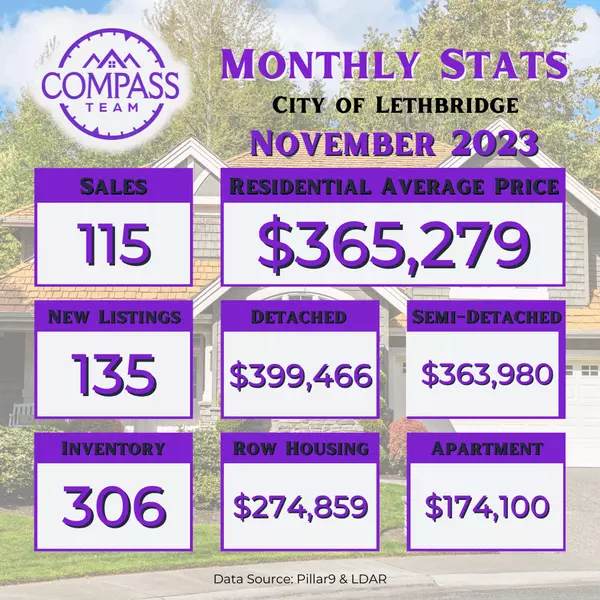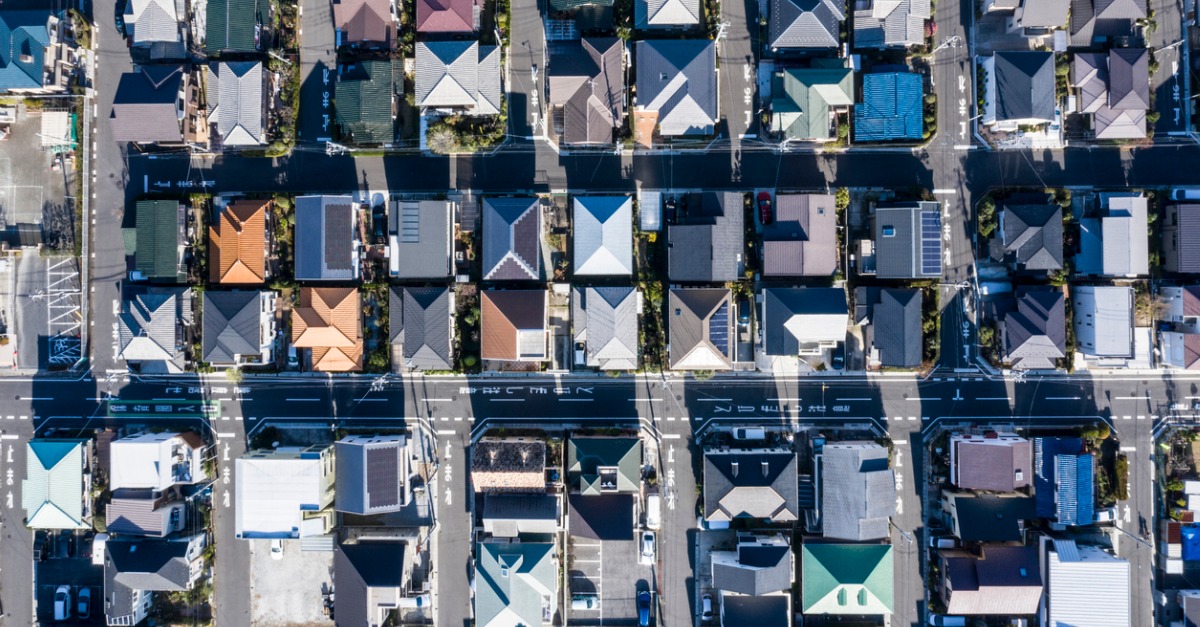Understanding the Interim Occupancy Period
Understanding the Interim Occupancy Period

Buying a pre-construction condo is a popular choice among young consumers looking to enter Canada's expensive real estate markets. However, when the long-awaited completion of the building finally arrives and you're ready to move in, it's important to understand that owning the condo immediately is not guaranteed. The period between the move-in date and the closing of the condo sale, known as the interim occupancy period, comes with certain fees that buyers should be prepared for. In this article, we will delve deeper into what the interim occupancy period entails and provide valuable insights for potential buyers and sellers.
What is the Interim Occupancy Period? Even though your condo may be move-in ready, the sale process is not yet complete. The interim occupancy period refers to the duration, typically spanning several months, during which the builder cannot transfer ownership of the condo to the buyers because it has not been registered with the local municipality. This delay occurs because different floors of the building may be completed at different times, with lower floors being ready earlier than the top floors.
Reasons for its Existence: The purpose of the interim occupancy period is to ensure that every owner can move into their new home as soon as possible, even though legal ownership is not officially transferred until the entire building is finished. It would be impractical for the builder to prevent residents of lower floors from moving in while they wait for the completion of top floors. Therefore, this period allows for early occupancy while administrative processes are being finalized.
Understanding the Interim Occupancy Fee: The duration of the interim occupancy period varies depending on the floor level of your unit. Typically, owners of units on higher floors will experience a shorter interim occupancy period due to their longer wait to move in. However, those residing on lower floors will likely have a longer period before ownership is fully transferred. During this interim occupancy period, owners are required to pay an interim occupancy fee to the building, regardless of whether they have already moved into their unit. Although the fee is not as substantial as the eventual purchase price, it is important to note that it does not reduce the overall cost of the condo. Therefore, aiming for a shorter interim occupancy period is advisable.
Preparing for the Interim Occupancy Period: To navigate the interim occupancy period successfully, it is crucial to be financially prepared. While waiting for the building's completion, make it a priority to save specifically for the interim occupancy expenses. By keeping this amount separate from your other savings, you can ensure it will be readily available when needed. Additionally, if possible, try to align the sale of your current home with the anticipated move-in date to avoid the burden of paying for two homes simultaneously. It is highly recommended to review the purchase agreement thoroughly with your lawyer to gain a clear understanding of the fees and expectations associated with the interim occupancy period.
The interim occupancy period is an essential phase in the purchase of a pre-construction condo. By comprehending its purpose, understanding the associated fees, and adequately preparing for it, buyers can navigate this period with confidence. Remember to save diligently, coordinate the timing of your move-in, and seek professional advice when necessary. With a well-informed approach, you can minimize the impact of the interim occupancy period and smoothly transition into full ownership of your new condo.

Categories
Recent Posts











